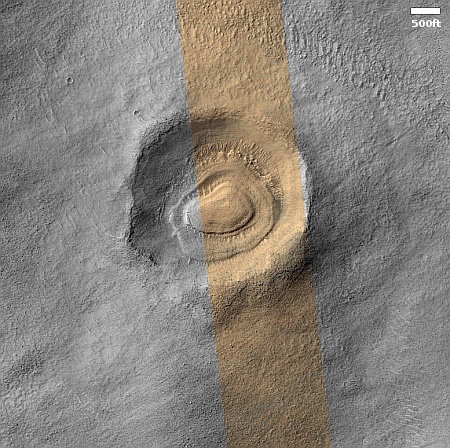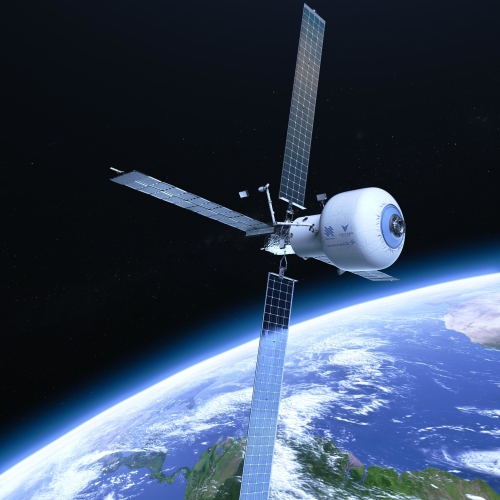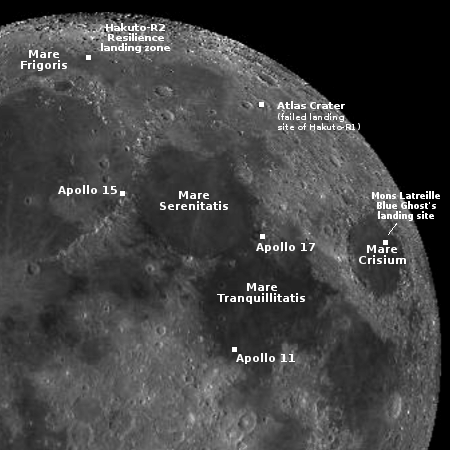ISRO’s head touts private construction of PSLV rocket
In comments published in the Times of India today, the head of India’s space agency ISRO, V Narayanan, enthusiastically touted the fact that a private consortium is presently manufacturing its first PSLV rocket under a five-rocket contract.
Isro chairman V Narayanan revealed this in an exclusive interview to TOI and said the launch, scheduled for the third quarter of this year, will mark a milestone as the first PSLV manufactured by the private sector under a contract for five rockets. The vehicle is in “advanced stages of realisation” with Isro providing technical guidance to the industrial partners.
Sounds good, eh? Actually, this instead appears to be an attempt by ISRO to thwart the Modi government’s desire to transfer ownership of ISRO’s rockets, starting with the long established PSLV rocket, from ISRO to the private sector. This five-rocket deal, first signed in 2022, doesn’t transfer anything. All it does is have private companies build the rocket, something that ISRO has had private companies do for decades. The one difference is that ISRO is no longer listed as the prime contractor, and appears to be somewhat less involved in management.
Well, it is at least a start. Getting government bureaucracies to give up power can sometimes be a struggle that lasts years, unless you are Donald Trump arriving for a second term disgusted with that same struggle during his first term.
The launch, targeting the third quarter of this year, will place a collection of tecnology test payloads into orbit.
In comments published in the Times of India today, the head of India’s space agency ISRO, V Narayanan, enthusiastically touted the fact that a private consortium is presently manufacturing its first PSLV rocket under a five-rocket contract.
Isro chairman V Narayanan revealed this in an exclusive interview to TOI and said the launch, scheduled for the third quarter of this year, will mark a milestone as the first PSLV manufactured by the private sector under a contract for five rockets. The vehicle is in “advanced stages of realisation” with Isro providing technical guidance to the industrial partners.
Sounds good, eh? Actually, this instead appears to be an attempt by ISRO to thwart the Modi government’s desire to transfer ownership of ISRO’s rockets, starting with the long established PSLV rocket, from ISRO to the private sector. This five-rocket deal, first signed in 2022, doesn’t transfer anything. All it does is have private companies build the rocket, something that ISRO has had private companies do for decades. The one difference is that ISRO is no longer listed as the prime contractor, and appears to be somewhat less involved in management.
Well, it is at least a start. Getting government bureaucracies to give up power can sometimes be a struggle that lasts years, unless you are Donald Trump arriving for a second term disgusted with that same struggle during his first term.
The launch, targeting the third quarter of this year, will place a collection of tecnology test payloads into orbit.












